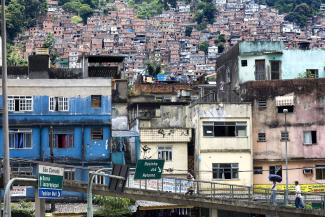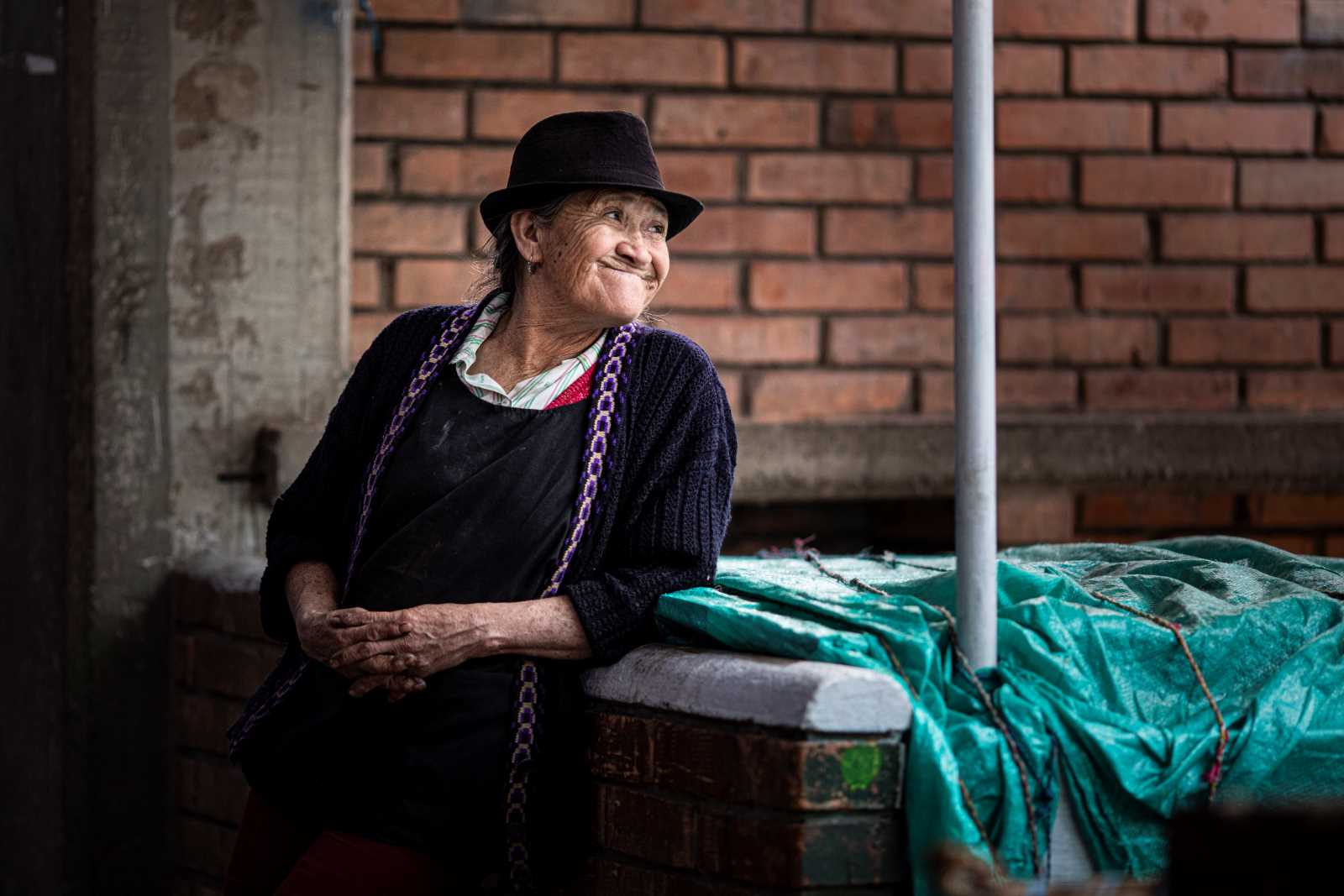Our view
More than a mere shelter

Especially in cities, housing supply is limited. Demand keeps rising due to population growth and migration from rural to metropolitan areas, and urban development is not keeping up. Those who newly arrive from remote villages must often cope in miserable conditions. That is equally true of people who do not earn much money or are disadvantaged because of old age, disease or disability. In some developing countries, the majority of urban people live in slums. An estimated 1 billion people around the world are slum dwellers.
By definition, these neighbourhoods are congested. Electricity and water supply is poor, and so is sanitation. Some places entirely lack utility services. Streets and paths tend to be unpaved, and many makeshift shacks cannot withstand heavy rains or storms. Diseases are common, and so is crime in some slums. Nonetheless, most of the people who live there do not want to leave. They consider their slum their home and feel protected by its social networks. Moreover, central locations often offer many advantages.
It is therefore utterly misguided to try to tear down informal settlements and displace the people. The goal must be to improve their living conditions to the extent possible. For good reason, slum upgrading is a target on the agenda of the United Nations’ Sustainable Development Goals (SDGs). The ambition is to provide all people with adequate, safe and affordable housing and basic services by 2030.
The challenges are huge. Competent urban planning is needed to guide development and prevent the chaos that results from improvisation. Some cities grow without any planning at all however. To make it happen, capacity building within the respective institutions may be needed first. Many megacities, moreover, require financial support for infrastructure investments.
Public housing projects have often proved to be useful. According to UN Habitat, Singapore has done a good job of building public housing. Success hinges on understanding the local people’s needs and taking their wishes into account. What proved crucial in Singapore was to involve people early on and give them a say. Moreover, it is essential to not only build homes, but to create an urban environment that is conducive to work, education, leisure et cetera. Broad-based and active community participation, of course, is also recommended when existing settlements are upgraded.
There is an environmental challenge as well. Today, about 40 % of global carbon emissions come from buildings, and energy consumption in buildings is increasing. The most important reason is hot countries’ need for cooling. Moving from a small hut without electric power to a better apartment with a refrigerator and air conditioning does not just mean more prosperity – it also means more energy consumption. A person’s wealth and resource use are closely linked.
When investing in better housing, it is therefore important to pay attention to energy efficiency, rely on renewable energies and use locally sourced construction materials. It is not only possible to build comfortable homes without harming the climate – it is necessary.
Katja Dombrowski is member of the editorial team of D+C Development and Cooperation / E+Z Entwicklung und Zusammenarbeit.
euz.editor@dandc.eu











